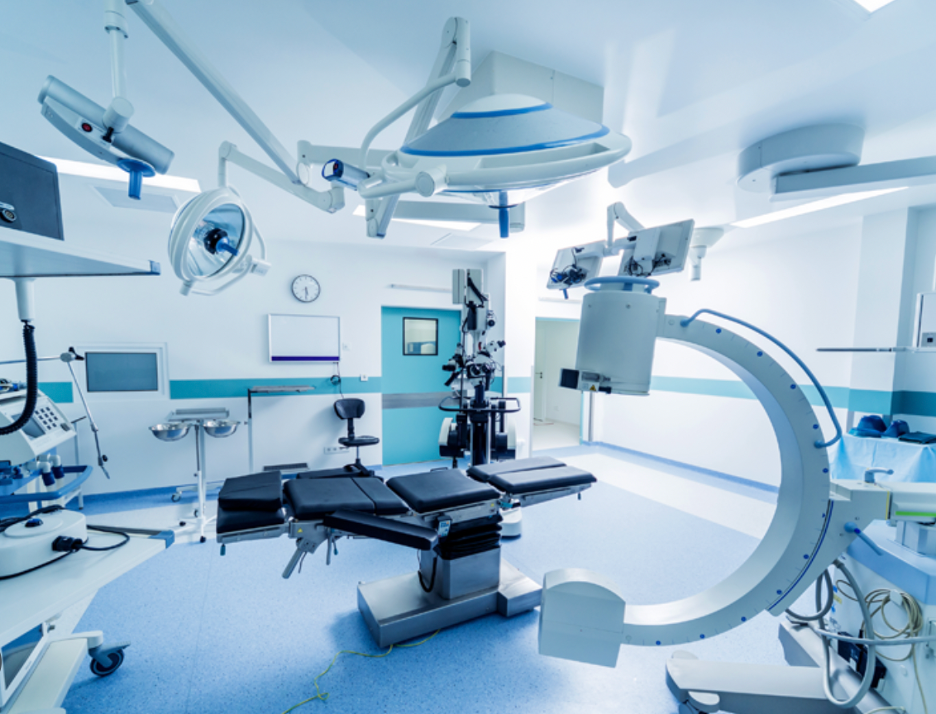Production Of Medical Prototypes
In recent years, with the rapid development of the medical industry, many medical companies will choose to make a few sets of prototypes or small batches of dozens of sets to occupy the market first in order to occupy the market faster. And what are the steps needed to make a medical prototype?
Step 1:First of all, the most important thing is to find a prototype manufacturer that can complete the processing independently, and send the drawings (3D, 2D) required for processing to it. Here, the manufacturer must communicate with the customer at any time, so as not to change the drawing and cause the processed product to be wrong. After receiving the drawings, the manufacturer will evaluate the feasibility of the drawings, determine the processing method of the product, processing time and a processing price cost.
Step 2:Most of the medical prototype models need a surface treatment, most of which are painted or silk-screened. Here it is necessary to pay special attention to the choice of paint. The working environment of the medical prototype has certain requirements for the paint. The paint selection needs to use anti-alcohol paint, and silk screen printing also needs anti-alcohol.
Step 3:It is recommended to use CNC processing for the processing of medical prototypes. CNC processing belongs to subtractive manufacturing. One characteristic of the material will be better than 3D printing, and the accuracy can also be very accurate. Of course, some structures are complex. It still needs to be 3D printed. There is also the choice of CNC processing. It depends on the demand to choose the overall processing or the dismantling processing. The editor suggests that you can choose dismantling processing if you can disassemble the processing. This will not have much impact on a quality demand. Can save a lot of cost
Step 4:After the medical product processing is completed, it is a processing process for the product. First, it will be handed over to the manual department for processing and adaptation. Next is sanding and painting. After the product is really successful, it will be assembled and adapted as a whole
Step 5:Finally, hand over to the quality inspection department to test and inspect a series of requirements such as size, color difference, paint finish, smoothness, and alcohol resistance.

Welcome to contact us via enquiry@abcrapid.com to get more information !
Search
Recent Post













